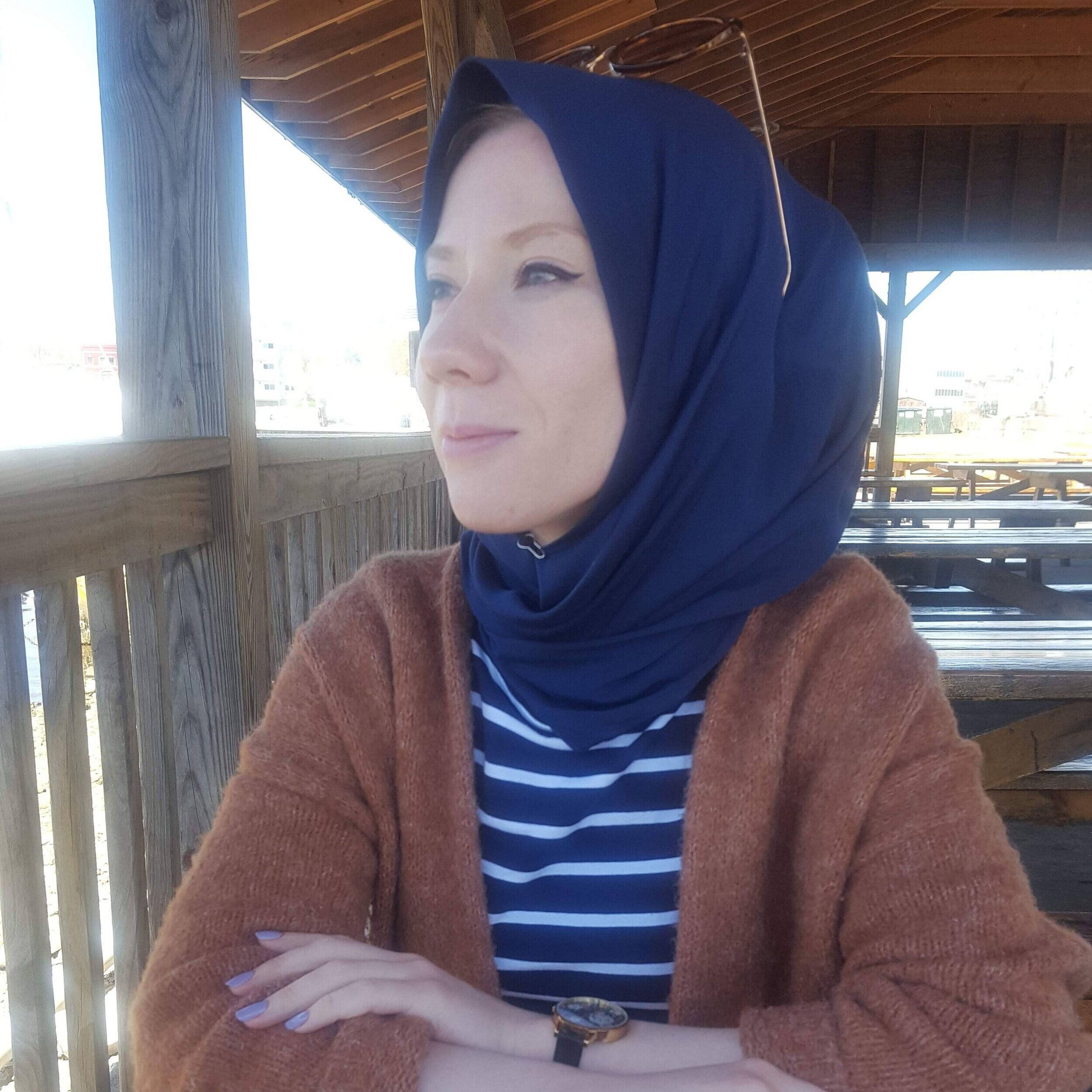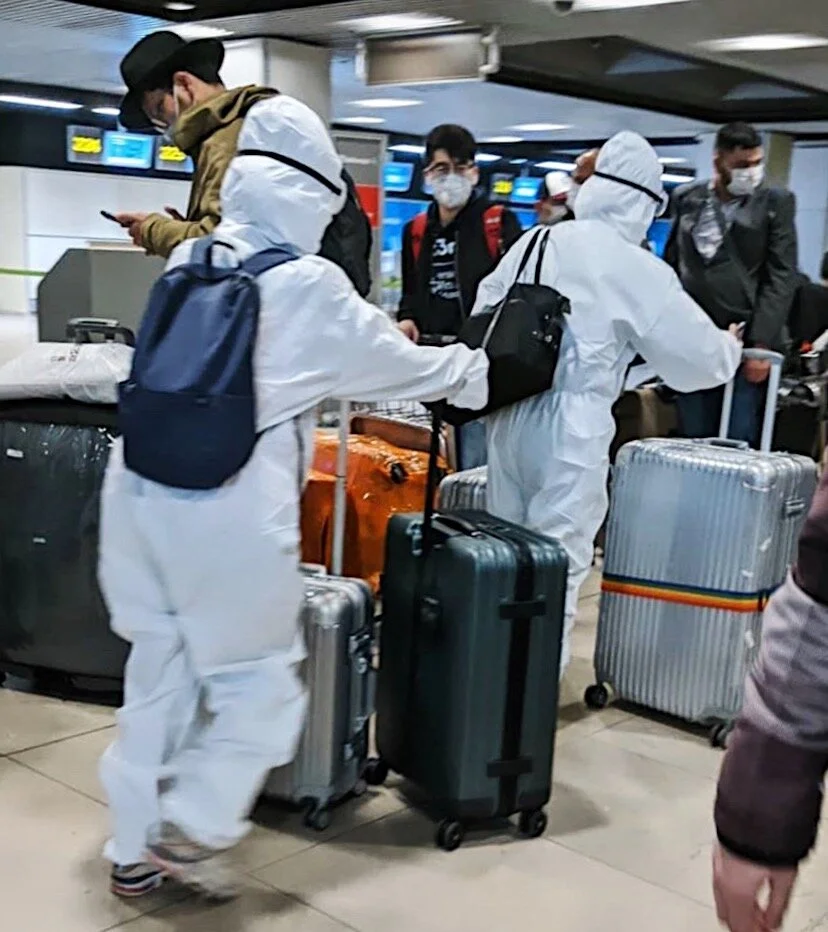According to the Institute of International Education, the University of Georgia ranks thirteenth in the nation for the number of students who study abroad. With over one hundred faculty-led programs and nearly 2,000 students studying abroad each year, global experiential learning promises an expanded worldview and diversified education.
During my second year pursuing a Spanish degree at the University of Georgia, I decided to study abroad in Valencia, Spain. Expecting to explore Europe for six months, I eagerly boarded a plane from Atlanta to Madrid with three bulky suitcases. From December to January, I spent my days attending lectures at a local university, traversing the Spanish countryside, and conversing with locals. Amid my cultural immersion, reports began to emerge about the coronavirus outbreak in China. I naively believed this novel disease would not impede trips to England, France, and Portugal.
By February, however, COVID-19 had inundated Europe, forcing many study abroad students to return home. UGA’s Office of Global Engagement, like many universities, consequently issued this statement: “The University of Georgia recognizes that international travel, communication, and partnerships are essential to UGA's academic, research, and outreach mission and supports these endeavors. Countries and areas that carry U.S. State Department Travel Advisory Level 3/4 require special consideration and review to manage and mitigate risk, and in many circumstances, require the avoidance of travel altogether.” After a soccer match against Milan, a coronavirus epicenter, Valencia’s travel advisory was raised to a level 2.
Fearing my study abroad program would abruptly end, I intended on visiting as much of Europe as possible. For three consecutive weeks, I took advantage of cheap airfare and traveled to London, Paris, and Lisbon. Each city’s hotels, restaurants, and tourist attractions were practically vacant. I had imagined the streets of Paris, the city of romance and culture, to be bustling with music and lovers walking hand in hand. Yet, during the last week of February, Paris was eerily still. I waited for five minutes to climb the Eiffel Tower and Arc de Triomphe, while most tourists wait over an hour. In the Louvre, which normally averages 15,000 visitors per day, I observed artwork like the Mona Lisa and Venus de Milo in silence. Even Champs-Elysees, the most famous street in Paris, was deserted. Apart from the occasional Parisian in mask, it seemed I had the city to myself. Days after departing Paris, the government announced, “All gatherings of more than 5,000 people in confined spaces will be cancelled.” Infamous sites that I had just toured, like the Louvre and Eiffel Tower, were closed indefinitely.
On March 11, more chaos ensued as the World Health Organization’s Director General, Tedors Adhanom, declared the coronavirus a pandemic, stating, “We have rung the alarm bell loud and clear.” The following day, while I slept in my Valencia dorm, President Trump announced travel restrictions on 26 European countries, including Spain. Although the 30-day travel ban did not apply to legal residents of the United States, Spain simultaneously imposed a nationwide lockdown to combat the virus. Madrid barred travel to and from the city, and word spread that international flights would soon be suspended. In the early hours of March 12, I was awoken to program directors frantically pounding on my door. They affirmed we had a mere 24 hours to escape Spain on the final flight to Atlanta.
I hastily packed clothes and souvenirs and boarded a bus to Madrid, leaving behind two suitcases full of belongings and many unsaid farewells to Spanish friends. After a five-hour excursion and many failed attempts to enter the city due to strict quarantine orders, I finally arrived at the Madrid-Barajas Airport. Panicked passengers in makeshift masks and hazmat suits rushed to their gates. Travelers emptied suitcases into trash cans to avoid long check-in lines. University students tearfully begged customer service for tickets home. While rushing through security, the customs officer reviewing my ticket murmured, “You’re lucky you found a flight out of here. Volver pronto,” meaning “come back soon.” On March 14, one day after my return to the United States, the Spanish Prime Minister, Pedro Sanchez, declared a state of emergency which placed the country on lockdown and cancelled all outgoing flights. I had narrowly escaped an impending two-month state of emergency.





























































